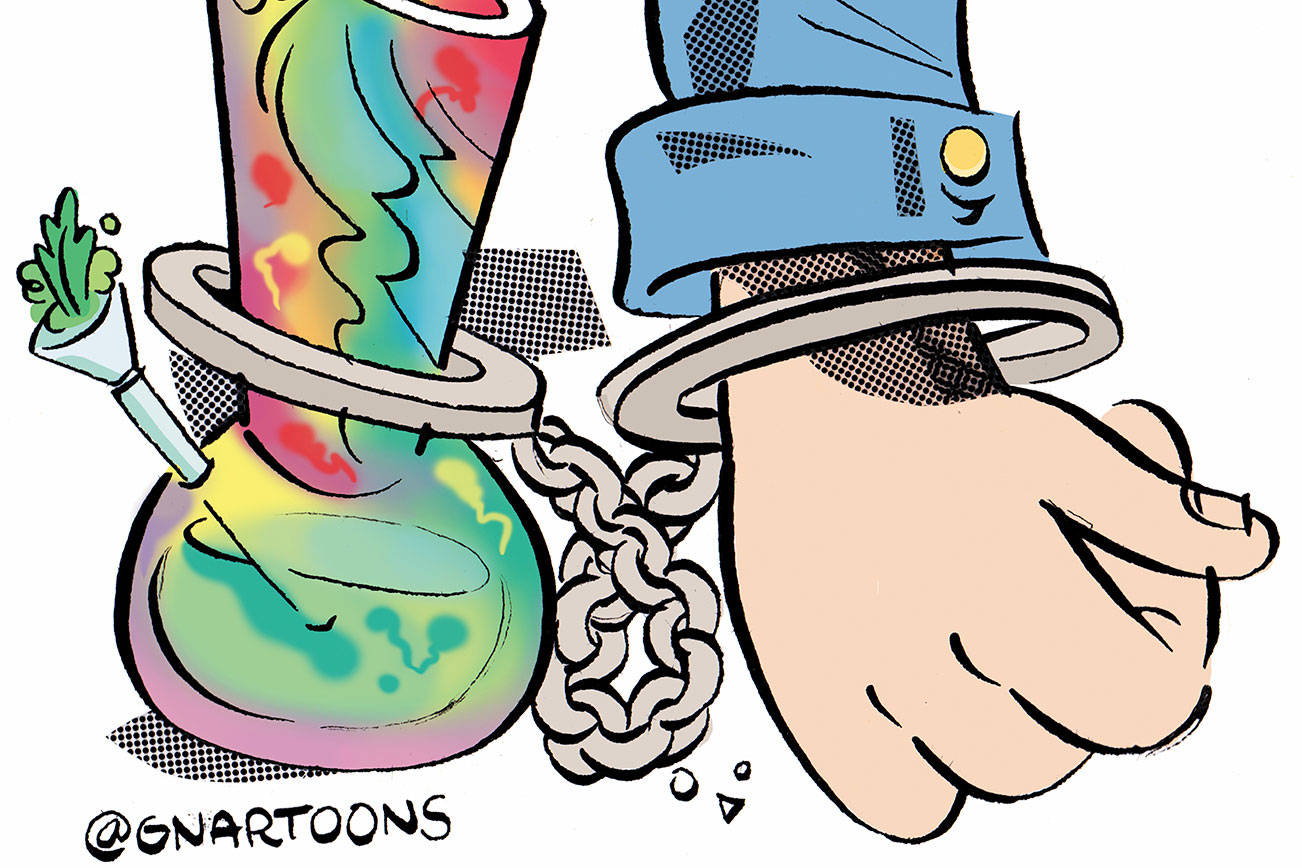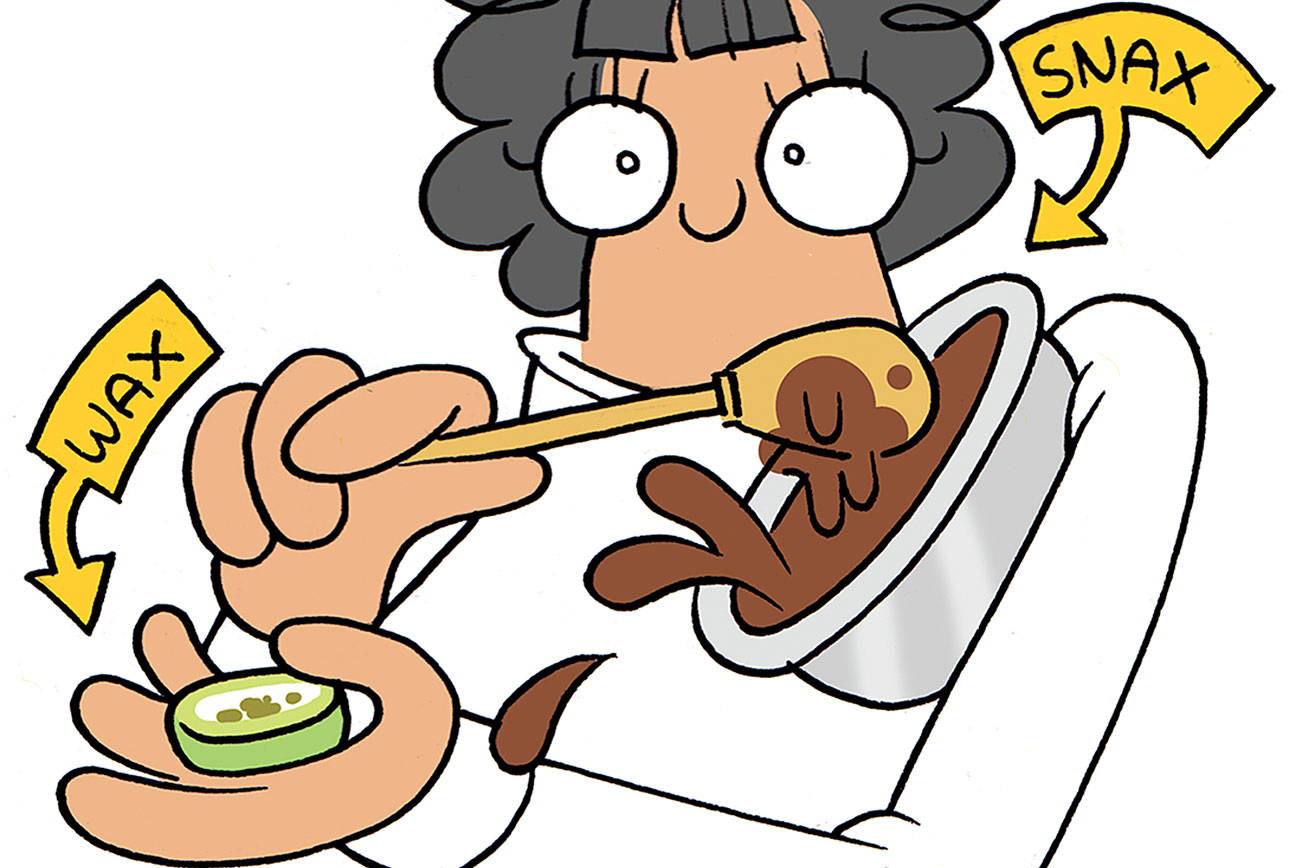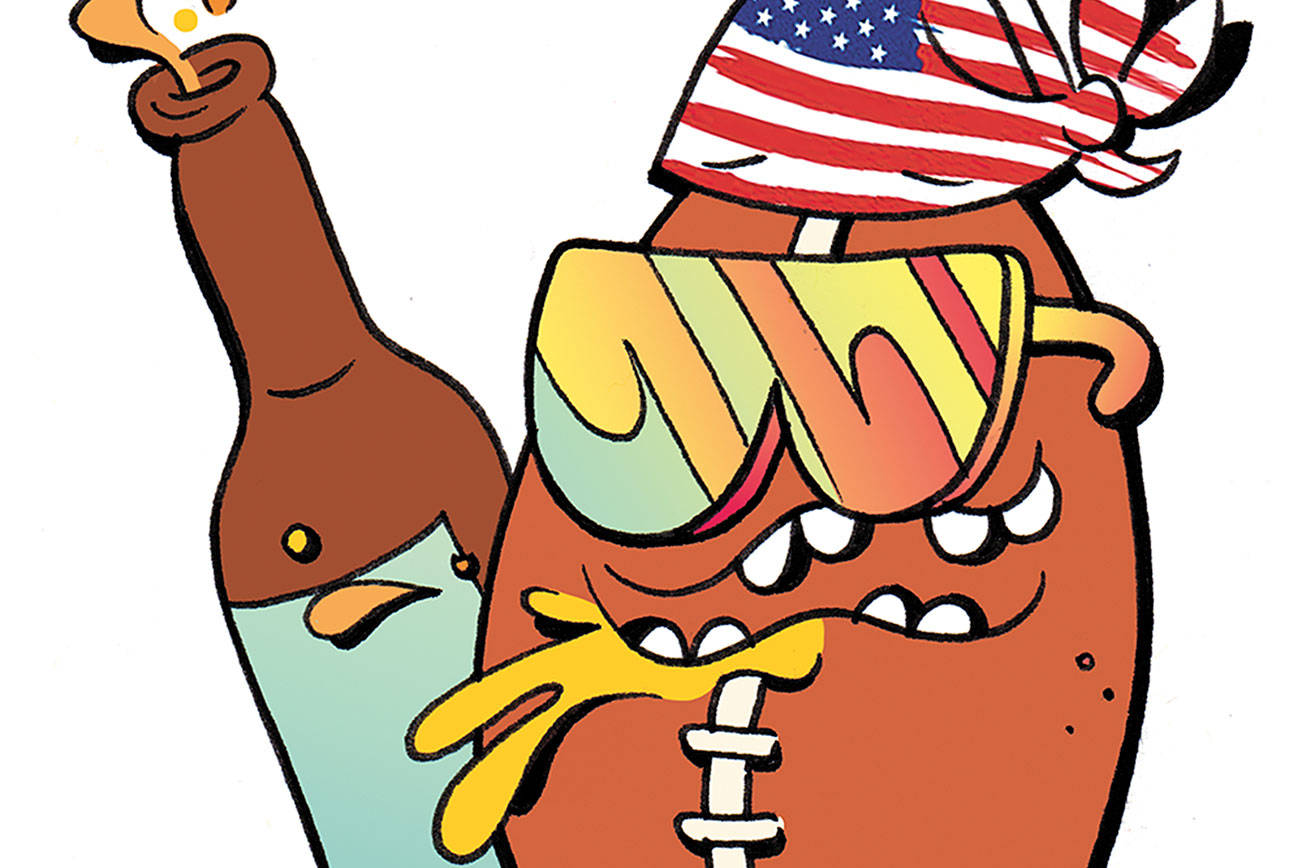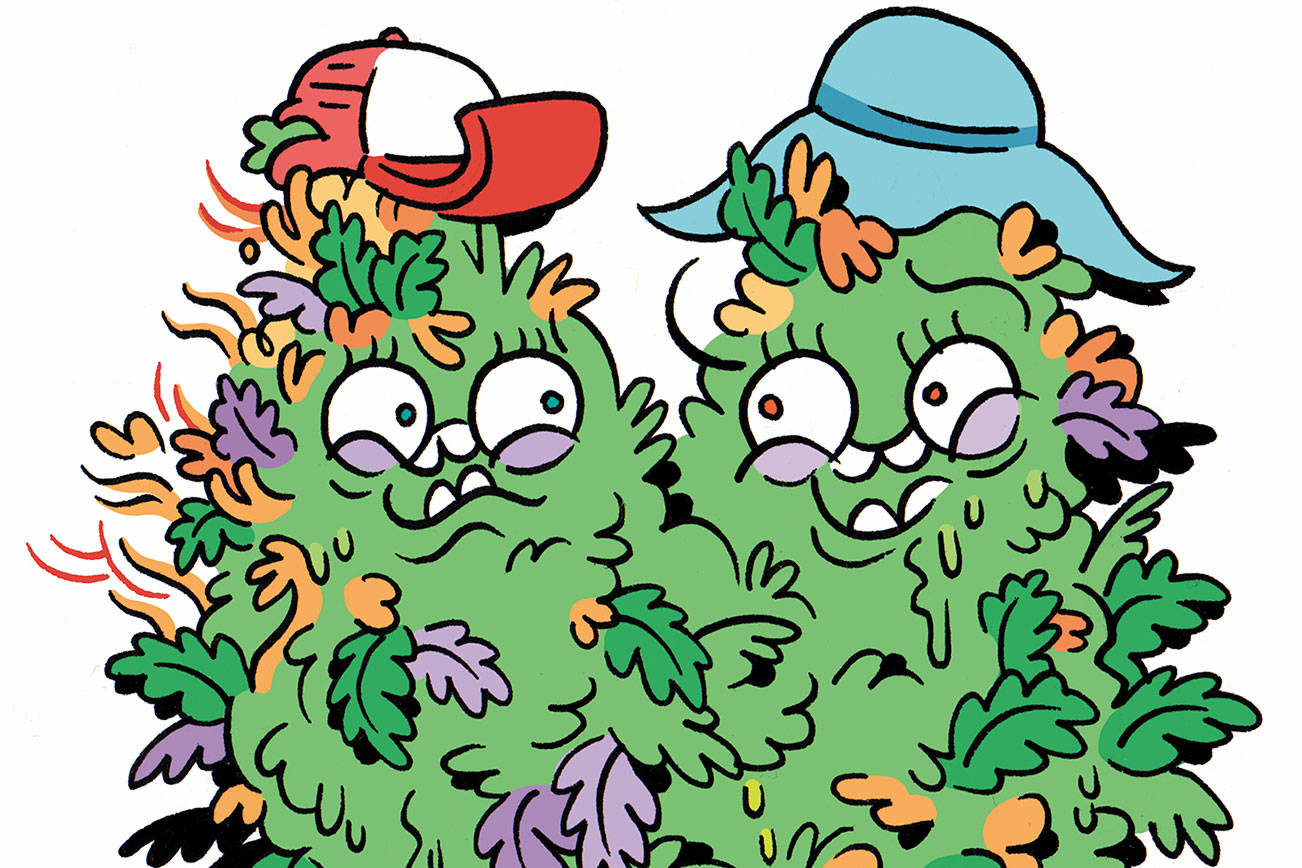OK, it’s the New Year, let’s go! #newyearnewdoob. Given all the cataclysmic changes in the world of weed we saw last year, I want to try to project into the future a vision of cannabis that’s as progressive as possible. Take three slow deep breaths with me and visualize…
More diversity! For a moment at the beginning of legalization, it looked like the cannabis industry might pull ahead of the rest of the working world and indeed show some diversity. But no. The cannabis industry, from growers to the people at the register, are predominantly white-presenting and male-identifying.
In particular, the drug war has disproportionately affected black communities across this country for decades, and it has done generational damage not only to entire families, but to whole communities. Several states have enacted “reciprocity” bills and referendums tacitly aimed at putting money back into those affected communities, expunging criminal records, and retraining police. But somehow, the stores, the investment groups, and the think tanks have little to no black involvement, folks are still in jail, and blacks are still being arrested for cannabis-related crimes three times as often as whites. I hope some black-created nonprofits or collectives can get together and make something happen for themselves because once again the system is failing them. However, we also should continue pushing for full criminal justice and business equity measures as part of any legalization packages in future states. Queer folks and femmes don’t have it any easier, either, and perhaps there too the idea of collectives or cooperatives could work in their favor.
Environmental concern! In California, the growing cannabis industry is encroaching on the redwood forests, sending death and destruction out in all directions. Pollutants are draining off grow-ops into an already taxed water system and killing salmon; 70 percent of northern spotted owls and 40 percent of barred owls that were found dead or killed had tested positive for poison ingested initially by a rodent; and at least one species, the Humboldt marten, a tenacious, furry little mammal similar to a Tasmanian devil, may go extinct. Currently, about 300 are left.
Here in Washington, the problem is waste mismanagement. Runoff from grow-ops is ending up in Puget Sound. Compost companies that have signed on to deal with cannabis are not seeing the clients, meaning that trim is ending up in landfills, adding to greenhouse gas production. And probably the biggest problem is packaging. Those little Mylar bags the state requires are ending up everywhere. And the “doob-tubes” that many pre-rolls come in are recyclable, but they fall through the machines at the recycling center. All this leads to more trash in our waterways, lakes, and of course, the Sound. Many are pressing the state to pass a law requiring all packaging to be recyclable or to eliminate single-use packaging, but others fear this will press the smallest growers out of the industry because, at this time, those products are still expensive. For every ounce of weed rolled into one-gram pre-rolls, that’s 28 packages. Multiply that by 16 ounces in a single pound, and that’s 456 packages. Cannabis companies must step up their game and become leaders in conduct when it comes to environmental impact. Upcoming state legislation needs to include incentives for greener actions in all realms of the cannabis industry, from farms and pest control to packaging and post-sale waste. And it must add stricter punishments for polluters and people who think their profits are more important than the collective wild.
Oh, and let recreational users grow their own.
stashbox@seattleweekly.com







